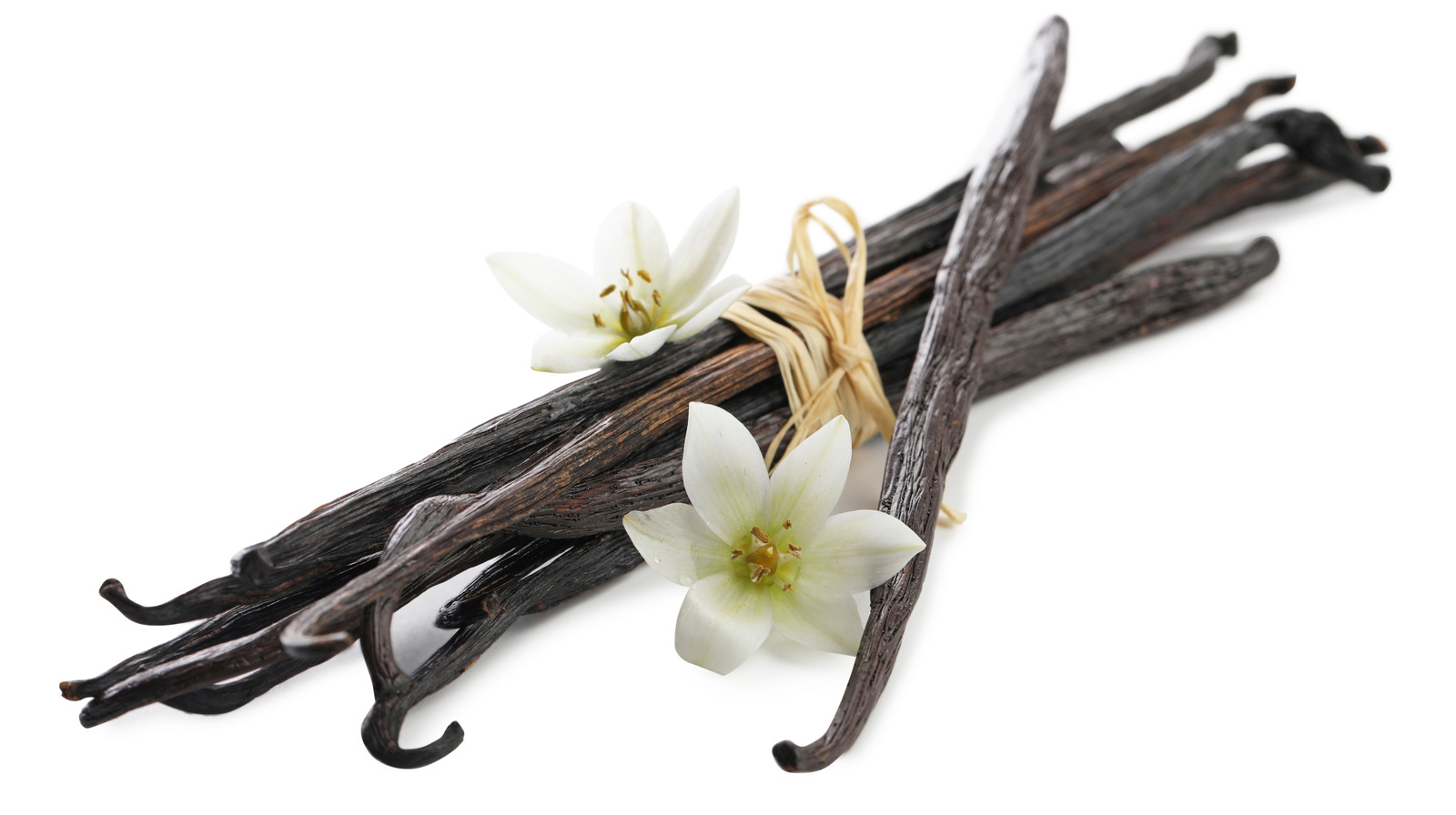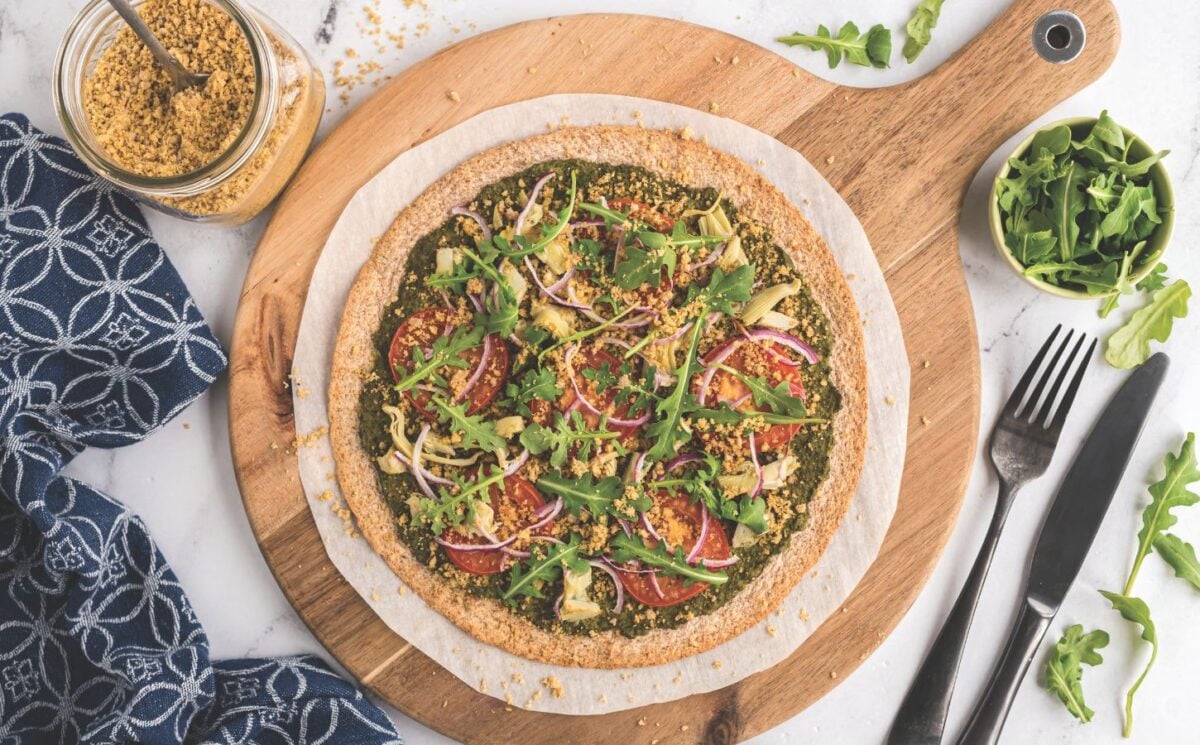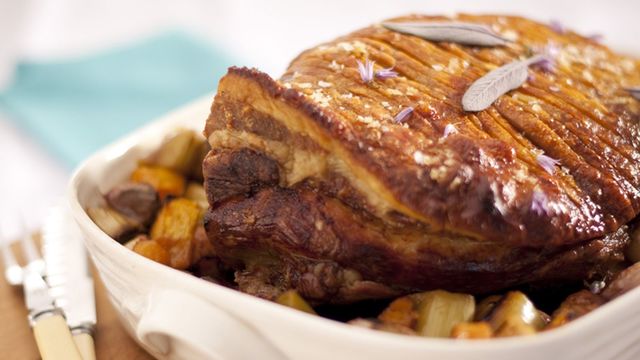
Vanilla beans are one of the most widely desired spices worldwide, used in everything from your favorite and baked goods to cosmetics, perfume, and medicines, but the production process is labor-intensive, making the spice both expensive and rare. The flavoring and aromatic agent originated in Mexico and is derived from the dried fruit of the vanilla orchid. Its earliest known use was by the Maya, though it was first cultivated as a crop by the Totonac people.
The early Maya and later Aztec people mixed it with cacao to make the chocolate drinks that eventually became today's hot chocolate (try adding a bit of vanilla to your own for an out-of-this-world experience). When the Spanish conquered the region in the 16th century, vanilla made its way to Europe and became a favorite flavor of the elite. Over time, its appeal spread globally, and by the 19th century, vanilla cultivation had expanded to Indonesia and Madagascar.
, helping make the spice accessible for a wide variety of uses worldwide. Madagascar: the vanilla king Madagascar (an island located off the coast of Africa) is responsible for producing an impressive 60-80% of the world's vanilla supply. This translates to about 3,000 tons of vanilla beans annually, much of which is exported for global use in vanilla extract and other products.
The country's tropical climate is ideal for cultivating high-quality Bourbon vanilla — a variety prized for its rich, creamy, and sweet profile that sets it apart from other types, despite coming from the same plant species (it's also the type found in used by many bakers). Bourbon vanilla beans are known for their high vanillin content, which lends them a strong, aromatic flavor, ideal for both culinary and fragrance applications. Due to the absence of the specific bees and hummingbirds that naturally pollinate vanilla in Mexico, Madagascar's vanilla orchids require labor-intensive hand-pollination.
Farmers work within a brief window of a few hours each day to ensure successful pollination. Once the plants develop their signature green pods, they undergo several months of careful curing, including stages like scalding, sweating, and drying, which amplify their distinct aroma and taste. Other major vanilla producers Besides Madagascar, other countries contribute significantly to the global vanilla market.
Indonesia ranks second, with about 1,500-2,000 tons of vanilla produced annually. Mexico, the birthplace of vanilla, remains a celebrated producer despite its smaller output (it ranks third in annual production). Like Madagascar vanilla, Indonesian and Mexican vanilla both come from the Planifolia vanilla plant.
The differences in climate, soil, and the curing process give each country's vanilla unique characteristics. While production is more limited, Mexican vanilla in particular is highly valued for its traditional curing techniques and resulting taste — a warm, woody flavor reminiscent of clove and nutmeg. This flavor adds a unique twist to desserts and savory dishes alike making Mexican vanilla a favorite among chefs and bakers worldwide.
Although it ranks fourth in production, Papua New Guinea offers a unique variety called Tahitian vanilla, known for its floral and fruity notes. This variety is distinct from (and more expensive than) the Bourbon vanilla grown in Madagascar, providing a different flavor profile that's especially popular in high-end culinary applications. Recommended.














